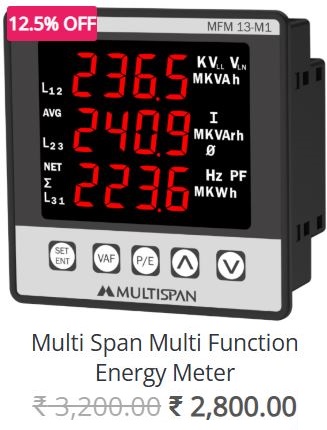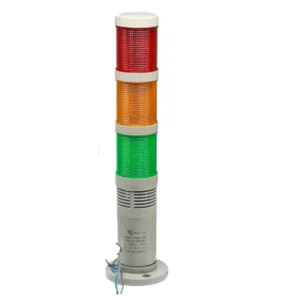Enhancing Efficiency with Machine Visual Indicators for Speedy Corrective Action
In today’s fast-paced manufacturing and operational environments, the need for immediate and effective responses to issues is paramount. One of the most effective tools for achieving this is the implementation of machine visual indicators. These indicators not only streamline the identification of problems but also facilitate quicker corrective actions, ultimately boosting productivity and reducing downtime.
What are Machine Visual Indicators?
Machine visual indicators are tools that provide clear, visual cues about the status of equipment and processes. These can take various forms, including:
- LED Lights: Color-coded lights that signal machine status (e.g., green for operational, red for an error).
- Digital Displays: Screens that show real-time data and alerts regarding machine performance.
- Visual Aids: Labels, charts, and diagrams that provide immediate reference to operational procedures or troubleshooting steps.
The key purpose of these indicators is to make information readily accessible and understandable at a glance, reducing the cognitive load on operators and maintenance personnel.
The Importance of Speedy Corrective Action
In any operational setting, delays in identifying and addressing issues can lead to significant losses—both in terms of productivity and financial impact. Speedy corrective action is essential for:
- Minimizing Downtime: Quick responses to problems ensure that machines are back online as soon as possible.
- Enhancing Safety: Immediate recognition of malfunctions can prevent accidents and promote a safer work environment.
- Improving Quality: Timely interventions can address quality control issues before they escalate, ensuring product standards are maintained.
- Boosting Morale: When operators can quickly resolve issues, it fosters a sense of empowerment and job satisfaction.
How Machine Visual Indicators Facilitate Quick Responses
- Immediate Visibility: With visual indicators, operators can instantly see the status of machines without sifting through data logs or waiting for alarms. This immediacy helps them react faster to potential issues.
- Clear Communication: Color-coded systems and standardized symbols eliminate ambiguity. For example, a red light can universally indicate a critical problem, prompting immediate investigation.
- Integrated Alerts: Advanced visual indicators can be integrated with other systems (like IoT devices) to provide alerts based on real-time data analytics, further speeding up the identification of anomalies.
- Training and Standardization: Visual aids serve as training tools for new employees, ensuring everyone understands the meaning of various indicators and the appropriate responses.
- Remote Monitoring Capabilities: Some systems offer remote visual indicators, allowing for off-site monitoring and quick corrective actions without needing to be physically present at the machine.
Best Practices for Implementing Machine Visual Indicators
To maximize the effectiveness of machine visual indicators, consider the following best practices:
- Standardization: Establish uniform indicators across all machines and processes to ensure consistency and ease of understanding.
- Regular Maintenance: Ensure that visual indicators are regularly tested and maintained to guarantee they are operational when needed.
- User Training: Provide comprehensive training for all personnel on how to interpret and respond to visual cues.
- Feedback Loops: Encourage operators to provide feedback on the effectiveness of visual indicators, allowing for continuous improvement.
Conclusion
Incorporating machine visual indicators into operational workflows can significantly enhance the speed and effectiveness of corrective actions. By facilitating immediate visibility, clear communication, and standardized responses, these tools not only reduce downtime but also improve safety, quality, and employee morale. As industries continue to evolve, leveraging technology like visual indicators will be crucial for maintaining a competitive edge. Embrace these innovations to drive efficiency and foster a culture of proactive problem-solving within your organization.





